Home>Furniture & Design>Bathroom Accessories>How To Make Your Own First Aid Kit
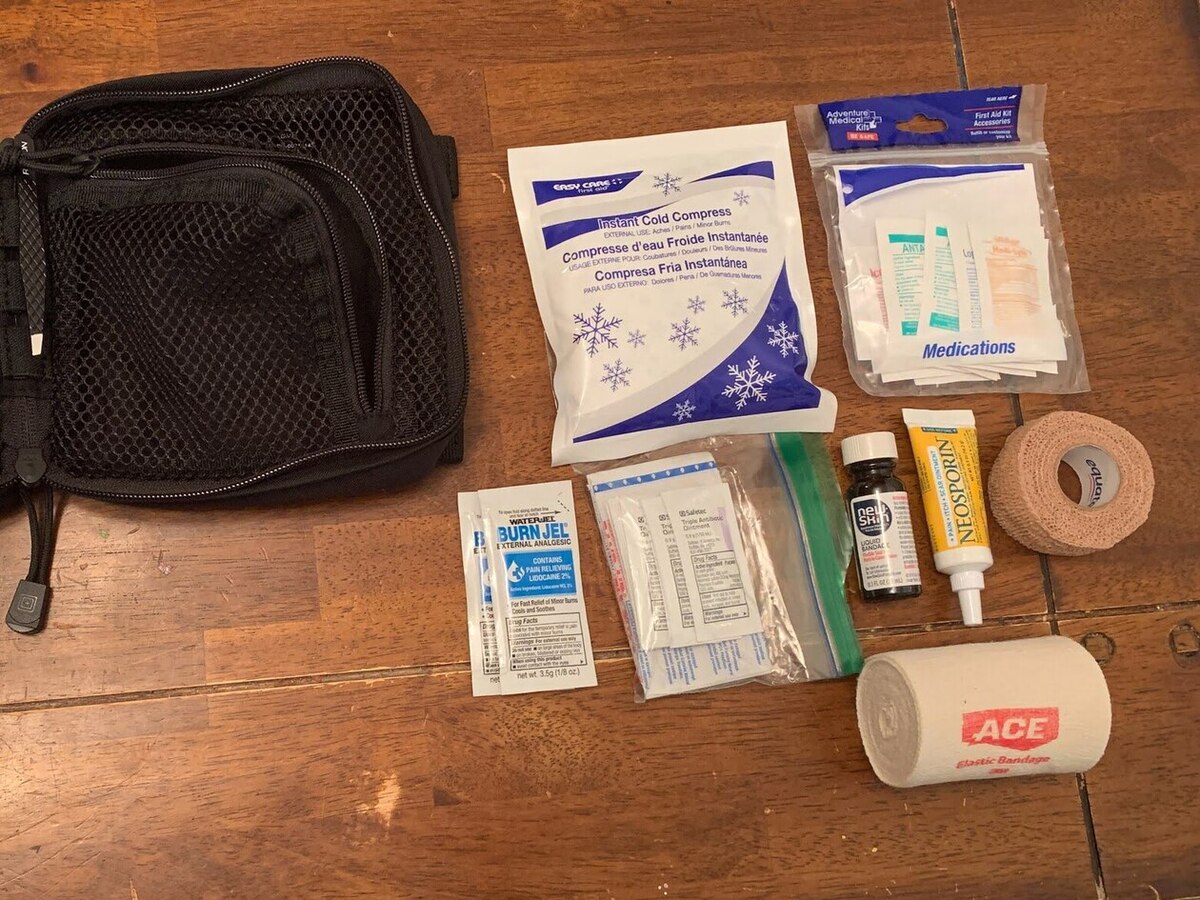

Bathroom Accessories
How To Make Your Own First Aid Kit
Modified: March 24, 2024
Learn how to create a personalized first aid kit with essential bathroom accessories. Be prepared for any emergency at home or on the go.
(Many of the links in this article redirect to a specific reviewed product. Your purchase of these products through affiliate links helps to generate commission for Storables.com, at no extra cost. Learn more)
Introduction
Creating your own first aid kit is a crucial step in preparing for unexpected emergencies. Whether you're at home, on the road, or enjoying the great outdoors, having a well-stocked first aid kit can make a significant difference in handling minor injuries and providing immediate care until professional help is available. By customizing your first aid kit to suit your specific needs and activities, you can ensure that you are well-equipped to handle common injuries and medical situations.
A well-prepared first aid kit can provide peace of mind, knowing that you have the necessary supplies to address minor cuts, scrapes, burns, and other injuries. Additionally, having a first aid kit readily available can help you respond effectively to more serious situations, such as sprains, strains, or allergic reactions. Whether you're a seasoned outdoor enthusiast, a parent, or simply someone who wants to be prepared for unexpected mishaps, assembling a personalized first aid kit is a proactive and responsible decision.
In this comprehensive guide, we will explore the essential items to include in your first aid kit, additional items to consider for specific needs, tips for organizing and storing your kit, and strategies for maintaining its readiness. By the end of this article, you will have the knowledge and confidence to create a first aid kit that meets your unique requirements and ensures that you are prepared for whatever comes your way. Let's dive in and start building your personalized first aid kit!
Key Takeaways:
- Be prepared for unexpected emergencies by creating a personalized first aid kit with essential items like bandages, antiseptic wipes, and pain relievers. Organize and maintain your kit to ensure readiness for any situation.
- Customize your first aid kit with additional items such as cold packs, emergency blankets, and personal medications to address specific needs. Regularly review and update your kit to stay prepared for potential injuries and medical emergencies.
Read more: How To Make A First Aid Kit For Girl Scouts
Essential Items for Your First Aid Kit
When assembling your own first aid kit, it's essential to include a range of items to address common injuries and medical needs. Here are the key items to consider including in your personalized first aid kit:
1. Adhesive Bandages
Adhesive bandages, commonly known as Band-Aids, are indispensable for covering minor cuts, scrapes, and blisters. Including a variety of sizes can ensure that you have the right bandage for different wounds.
2. Gauze Pads and Medical Tape
Gauze pads and medical tape are crucial for dressing larger wounds or providing additional protection to injuries. They are versatile and can be used to apply pressure to stop bleeding or to secure dressings in place.
3. Antiseptic Wipes or Solution
Antiseptic wipes or solution are vital for cleaning and disinfecting wounds to prevent infection. Including these items can help promote proper wound healing and reduce the risk of complications.
Read more: What’s In A First Aid Kit
4. Tweezers and Scissors
Tweezers are useful for removing splinters, ticks, or other foreign objects from the skin, while scissors can be used to cut gauze, tape, or clothing to access and treat injuries.
5. Disposable Gloves
Disposable gloves are essential for protecting both the first aider and the injured person from potential contamination. They should be included to maintain proper hygiene when providing first aid.
6. Pain Relievers
Including over-the-counter pain relievers such as acetaminophen or ibuprofen can help alleviate minor aches, pains, and fevers. It's important to consider individual allergies and medical conditions when selecting pain relievers.
7. Antihistamines
Antihistamines can be crucial for addressing allergic reactions, insect bites, or stings. Including them in your first aid kit can provide relief in emergency situations.
Read more: How To Organize A First Aid Kit
8. Thermometer
A thermometer is essential for monitoring body temperature and detecting fever, which can be a sign of infection or illness. Including a digital thermometer in your kit can help assess the severity of a person's condition.
9. CPR Mask
A CPR mask is a vital addition for providing rescue breaths during cardiopulmonary resuscitation (CPR) in emergency situations. It provides a barrier between the first aider and the injured person, reducing the risk of cross-contamination.
10. First Aid Manual
Including a first aid manual or guide can provide essential instructions and guidance on administering first aid for various injuries and medical conditions. It can serve as a valuable reference in emergency situations.
By including these essential items in your first aid kit, you can ensure that you are well-prepared to address a wide range of common injuries and medical needs. Additionally, customizing your kit based on your specific activities and potential risks can further enhance its effectiveness in providing timely and appropriate care.
Additional Items to Consider
In addition to the essential items for a basic first aid kit, there are several additional items that you may want to consider including to address specific needs and potential emergency situations. Customizing your first aid kit with these supplementary items can enhance its versatility and ensure that you are prepared for a wider range of medical scenarios.
Read more: What Is Inside A First Aid Kit
1. Instant Cold Packs
Instant cold packs can provide quick relief for minor sprains, strains, or bruises by reducing swelling and alleviating pain. Including these packs in your first aid kit can be particularly beneficial for outdoor activities or sports-related injuries.
2. Heat-Reflective Emergency Blanket
A heat-reflective emergency blanket, also known as a space blanket, can help retain body heat and prevent hypothermia in cold or adverse weather conditions. It is a valuable addition for outdoor enthusiasts, hikers, or individuals participating in winter sports.
3. Burn Gel or Dressing
Burn gel or dressing is specifically designed to soothe and protect minor burns, including sunburns and thermal burns. Including these specialized items can provide immediate relief and promote healing for burn injuries.
4. Eye Wash Solution
Eye wash solution is essential for flushing foreign particles, chemicals, or irritants from the eyes. It is particularly important for individuals working in environments where eye hazards are present, such as workshops or laboratories.
Read more: Where Is First Aid Kit From
5. Splint
A splint can immobilize and support injured limbs, such as fractured or sprained bones, providing stability and reducing further damage. Including a lightweight and adjustable splint can be valuable for outdoor activities or remote locations.
6. Tourniquet
In situations involving severe bleeding from a limb, a tourniquet can be used as a last resort to restrict blood flow and prevent life-threatening blood loss. Proper training and understanding of tourniquet application are essential before including this item in your kit.
7. EpiPen (Epinephrine Auto-Injector)
For individuals with known severe allergies or a history of anaphylaxis, carrying an EpiPen in the first aid kit can be life-saving in the event of an allergic reaction. It is crucial to ensure that the EpiPen is not expired and that users are trained in its administration.
8. Personal Medications
If you or someone in your care requires specific prescription medications, such as asthma inhalers or EpiPens, it is important to include these in the first aid kit. Ensuring access to essential medications can be critical in managing chronic conditions during emergencies.
By considering these additional items and tailoring your first aid kit to your unique needs and activities, you can enhance its effectiveness in addressing a wide range of potential injuries and medical emergencies. It's important to regularly review and update your first aid kit to ensure that it remains well-equipped and ready to provide timely and appropriate care in various situations.
Read more: Who Invented The First Aid Kit
How to Organize and Store Your First Aid Kit
Organizing and storing your first aid kit is essential to ensure that it remains accessible, well-maintained, and ready for use in times of need. Proper organization and storage can also prolong the shelf life of medical supplies and help you quickly locate specific items during emergencies. Here are some key steps to effectively organize and store your first aid kit:
-
Select a Suitable Container: Choose a durable and waterproof container to house your first aid supplies. A container with multiple compartments or transparent pockets can help you categorize and locate items efficiently. Consider using a portable and lightweight container for on-the-go use, and ensure that it is easily identifiable as a first aid kit.
-
Categorize and Label Items: Group similar items together and use clear labels to identify their contents. Categorizing items such as bandages, medications, and wound care supplies can streamline the process of accessing specific items when providing first aid. Additionally, labeling expiration dates can help you track the shelf life of perishable items and promptly replace them when needed.
-
Prioritize Essential Items: Place essential and frequently used items in easily accessible compartments or at the top of the kit. This ensures that vital supplies, such as adhesive bandages, antiseptic wipes, and gloves, are readily available for immediate use during emergencies.
-
Secure and Protect Fragile Items: Secure fragile items, such as glass medicine vials or thermometers, to prevent breakage or damage during storage and transportation. Consider using cushioned compartments or protective sleeves to safeguard delicate supplies.
-
Store in a Cool and Dry Location: Choose a storage location that is cool, dry, and away from direct sunlight. Exposure to heat and moisture can compromise the effectiveness of medications and medical supplies. Avoid storing the kit in areas prone to extreme temperature fluctuations, such as the trunk of a car or near heating appliances.
-
Keep Out of Reach of Children and Pets: Store the first aid kit in a secure and elevated location to prevent unauthorized access by children and pets. This helps maintain the integrity of the supplies and reduces the risk of accidental ingestion or misuse.
-
Regularly Inspect and Replenish Supplies: Schedule routine inspections of your first aid kit to check for expired or depleted items. Replace expired medications, sterile dressings, and other perishable supplies promptly. Additionally, consider adding new items or updating the kit based on changes in your medical needs or activities.
By following these organizational and storage practices, you can ensure that your first aid kit is well-organized, easily accessible, and equipped to provide effective care during unexpected emergencies. Regular maintenance and periodic reviews of the kit's contents are essential to uphold its readiness and functionality.
Tips for Maintaining Your First Aid Kit
Maintaining your first aid kit is crucial to ensure its effectiveness and readiness in times of need. Regular upkeep and monitoring of the kit's contents can help you address potential issues such as expired supplies, damaged items, or changing medical needs. Here are essential tips for maintaining your first aid kit:
-
Regular Inspections: Schedule periodic inspections of your first aid kit to assess the condition of its contents. Check for any expired medications, sterile dressings, or damaged items. Ensure that all items are securely stored and easily accessible.
-
Check Expiration Dates: Verify the expiration dates of medications, ointments, and solutions in your first aid kit. Discard and replace any expired items promptly to maintain the effectiveness of the kit's supplies.
-
Restock and Replenish: Keep a checklist of the items in your first aid kit and replenish any depleted supplies. This includes adhesive bandages, gauze pads, antiseptic wipes, and other frequently used items. Ensure that the kit is always well-stocked and ready for use.
-
Update Based on Needs: Evaluate your activities and potential risks to determine if any additional items need to be included in the first aid kit. For example, if you plan to engage in outdoor activities during the summer, consider adding insect bite relief products or sunburn ointments.
-
Review First Aid Manual: Periodically review the first aid manual or guide included in the kit to refresh your knowledge of administering first aid. Stay informed about updated first aid procedures and techniques.
-
Consider Seasonal Changes: Take into account seasonal changes and adjust the contents of the first aid kit accordingly. For instance, during the winter months, include items such as hand warmers and additional cold-weather supplies if engaging in outdoor activities.
-
Training and Education: Stay informed about first aid techniques and consider taking refresher courses or training sessions. Being well-prepared and knowledgeable about first aid procedures can enhance your ability to provide effective care during emergencies.
-
Emergency Contact Information: Ensure that emergency contact information, including local medical facilities and emergency services, is up to date. Include any pertinent medical information for individuals with specific health conditions or allergies.
By following these maintenance tips, you can uphold the functionality and preparedness of your first aid kit. Regular maintenance not only ensures that the kit is equipped to address medical needs but also provides peace of mind, knowing that you are ready to respond effectively to unexpected situations.
Conclusion
In conclusion, creating and maintaining a personalized first aid kit is a proactive and responsible step toward ensuring preparedness for unexpected emergencies. By carefully selecting essential items, considering additional supplies for specific needs, organizing and storing the kit effectively, and maintaining its readiness through regular inspections and updates, individuals can significantly enhance their ability to provide timely and appropriate care in various situations.
A well-equipped first aid kit serves as a valuable resource for addressing common injuries, minor medical conditions, and unforeseen emergencies. Whether at home, on outdoor adventures, or during travel, having a customized first aid kit tailored to individual needs and activities can instill confidence and peace of mind.
Furthermore, the process of assembling a first aid kit provides an opportunity for individuals to familiarize themselves with basic first aid principles, understand the importance of preparedness, and take an active role in safeguarding their well-being and that of others. It encourages a proactive approach to health and safety, emphasizing the significance of being equipped to respond effectively to medical needs in any environment.
By incorporating the recommended items, considering additional supplies based on specific requirements, and adhering to best practices for organizing and maintaining the kit, individuals can ensure that they are well-prepared to handle a wide range of potential injuries and medical situations. Regular reviews and updates of the first aid kit's contents, along with ongoing education and training in first aid procedures, further contribute to its effectiveness and the ability to provide immediate care when it matters most.
Ultimately, the creation and maintenance of a personalized first aid kit reflect a commitment to personal well-being, safety, and preparedness. It empowers individuals to take an active role in their health and the well-being of those around them, fostering a sense of confidence and readiness to address unexpected medical needs with competence and compassion. Building and maintaining a first aid kit is not just a practical endeavor; it is a demonstration of proactive care and responsibility, ensuring that individuals are equipped to respond effectively to the unexpected twists and turns of life.
Frequently Asked Questions about How To Make Your Own First Aid Kit
Was this page helpful?
At Storables.com, we guarantee accurate and reliable information. Our content, validated by Expert Board Contributors, is crafted following stringent Editorial Policies. We're committed to providing you with well-researched, expert-backed insights for all your informational needs.
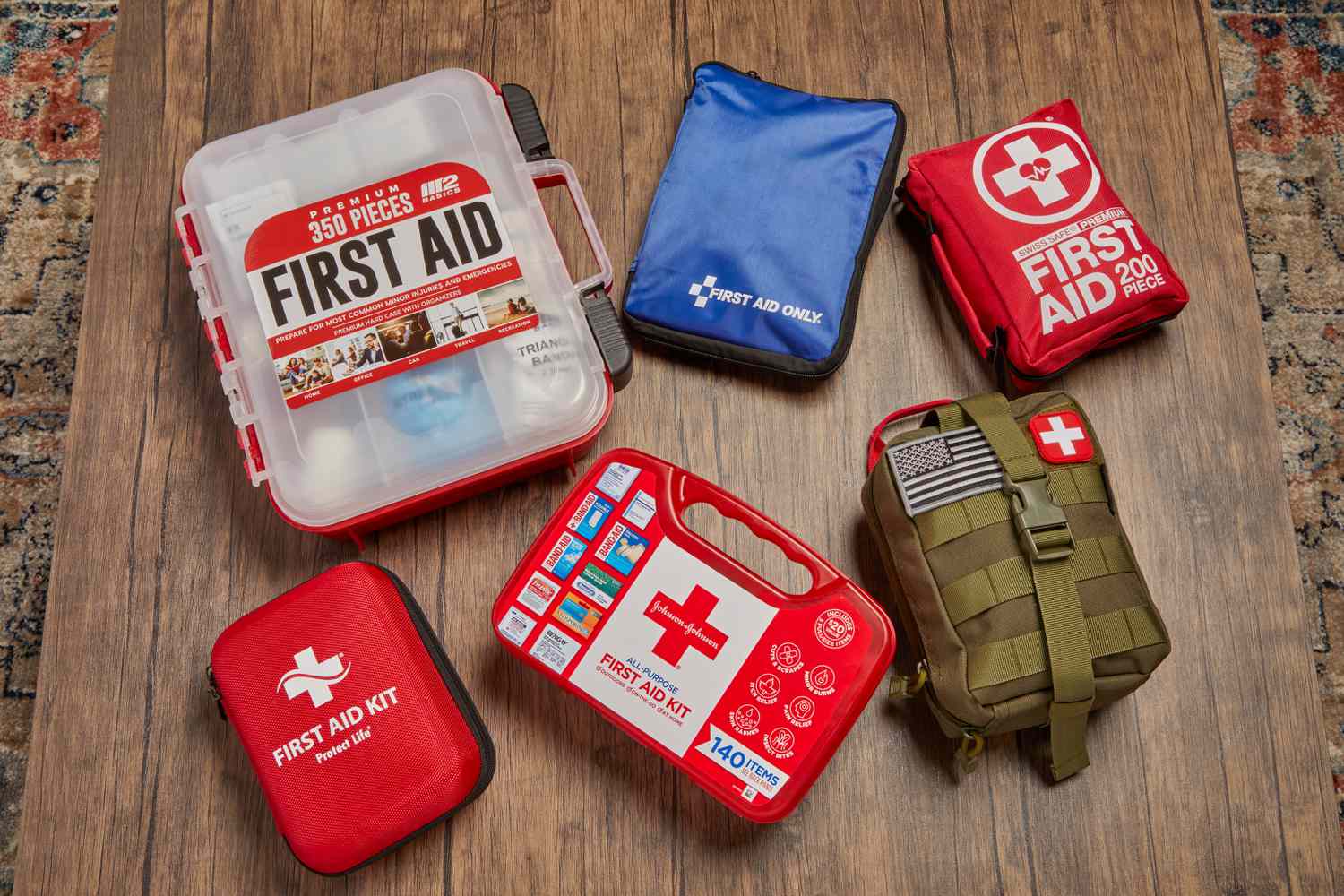
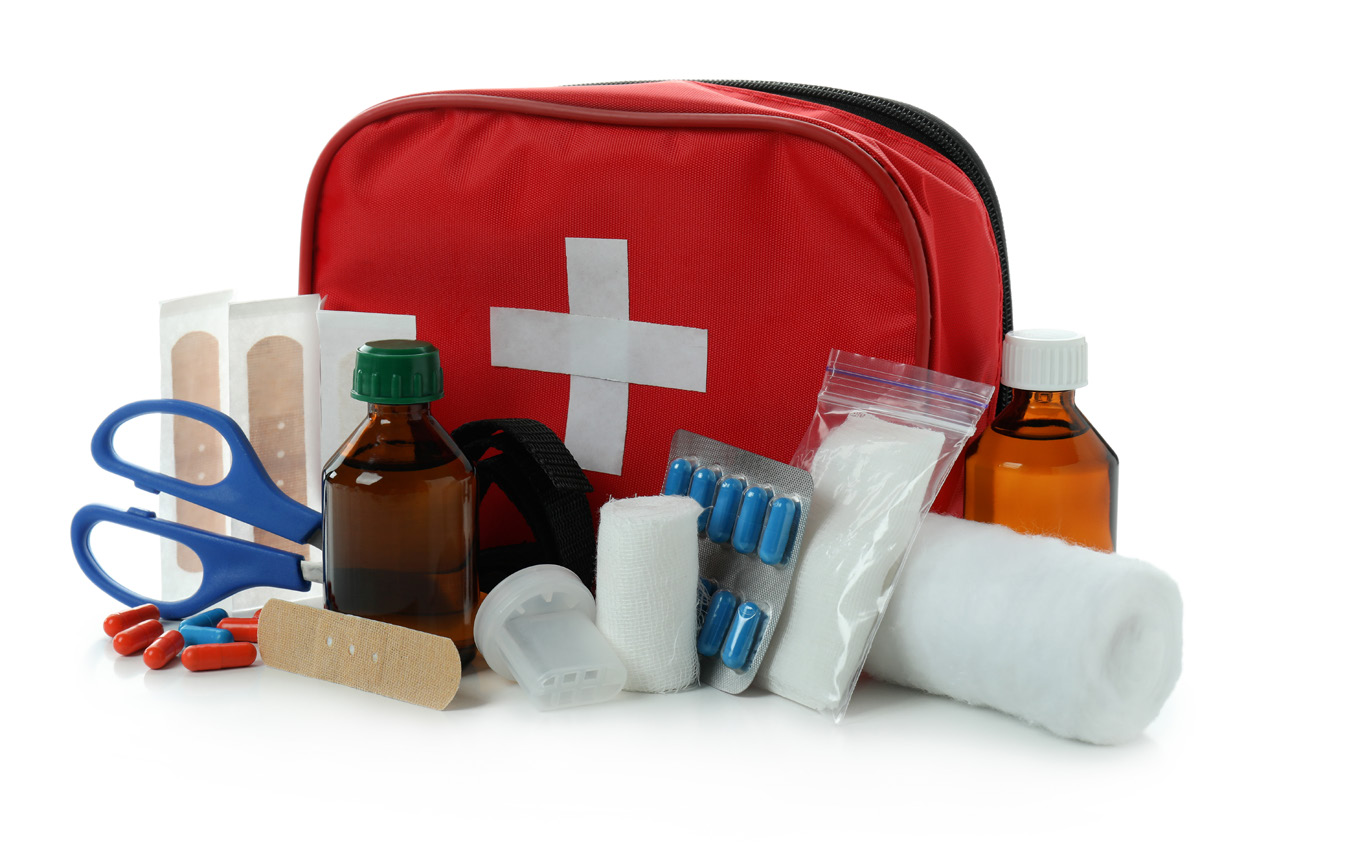
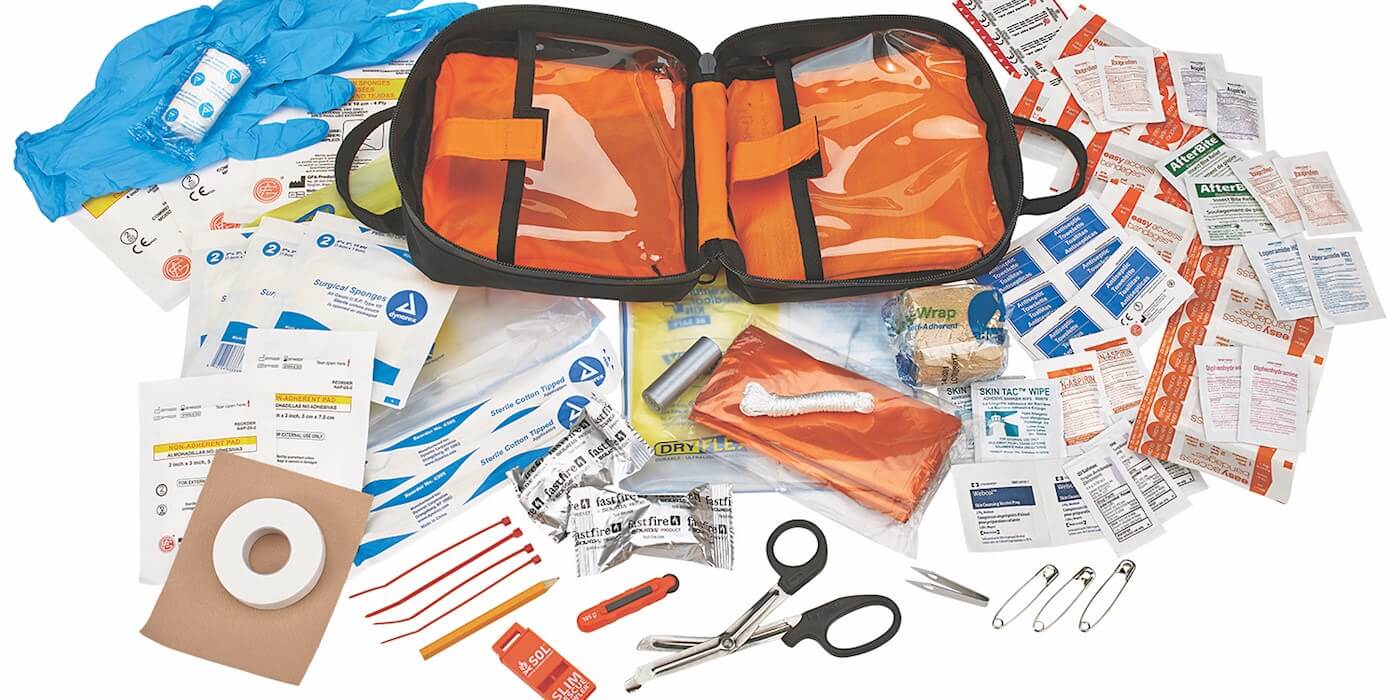
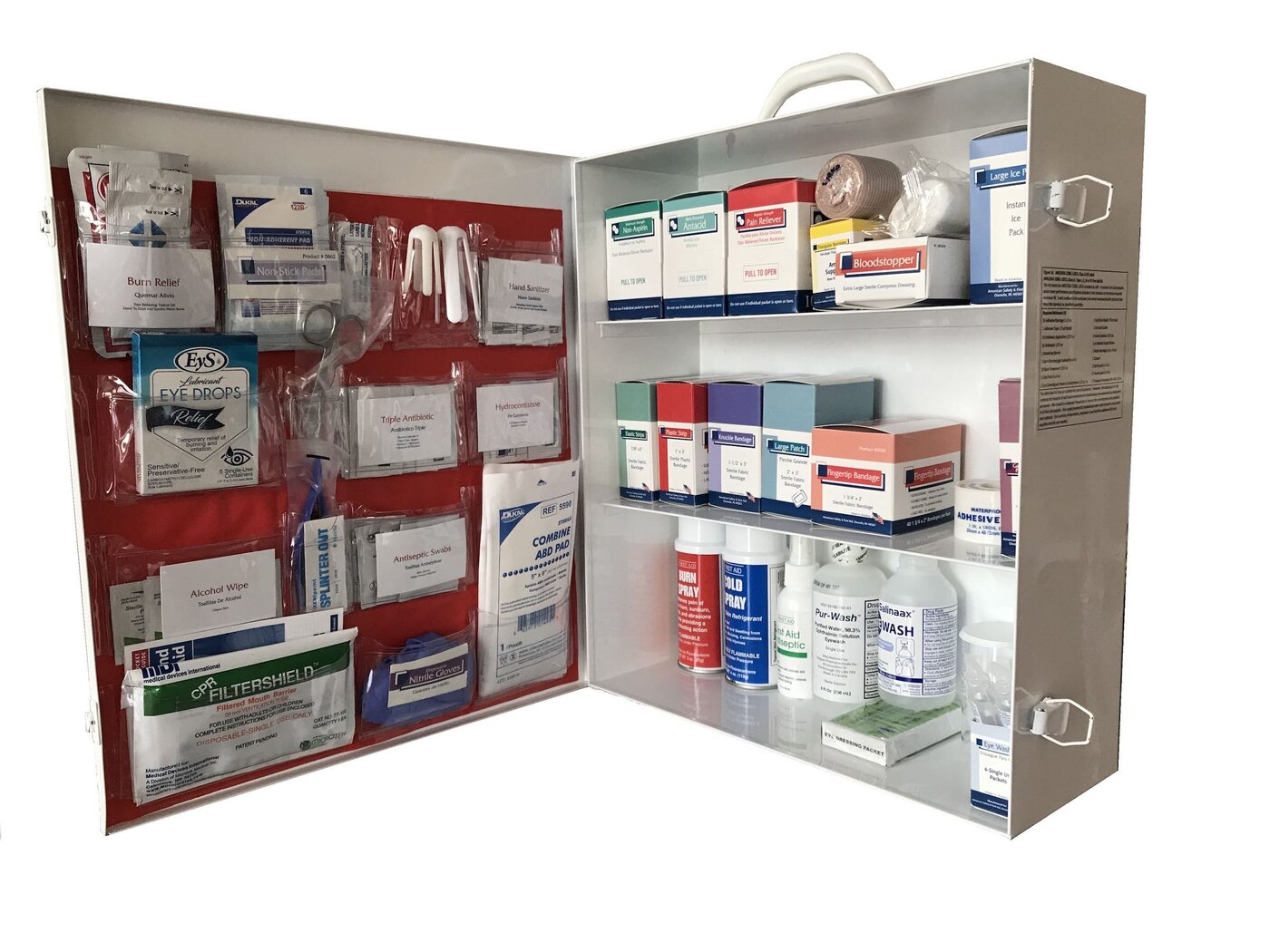
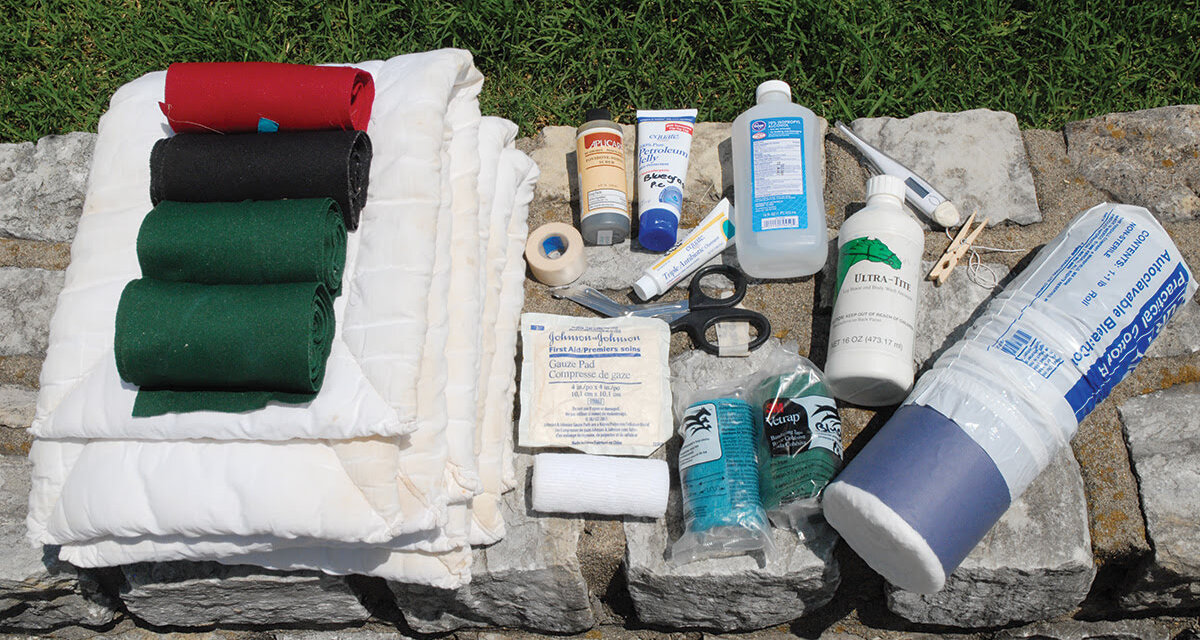
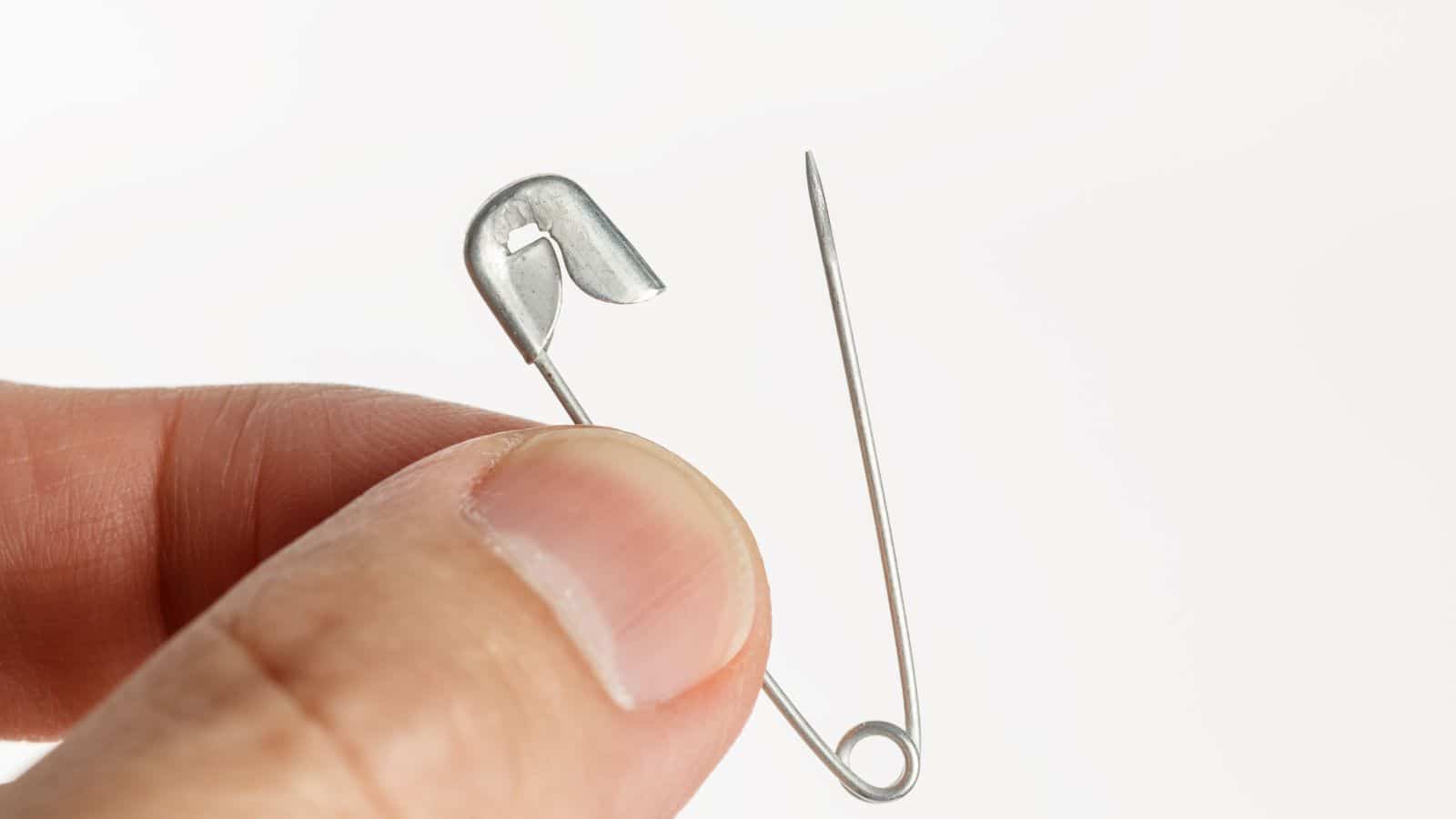
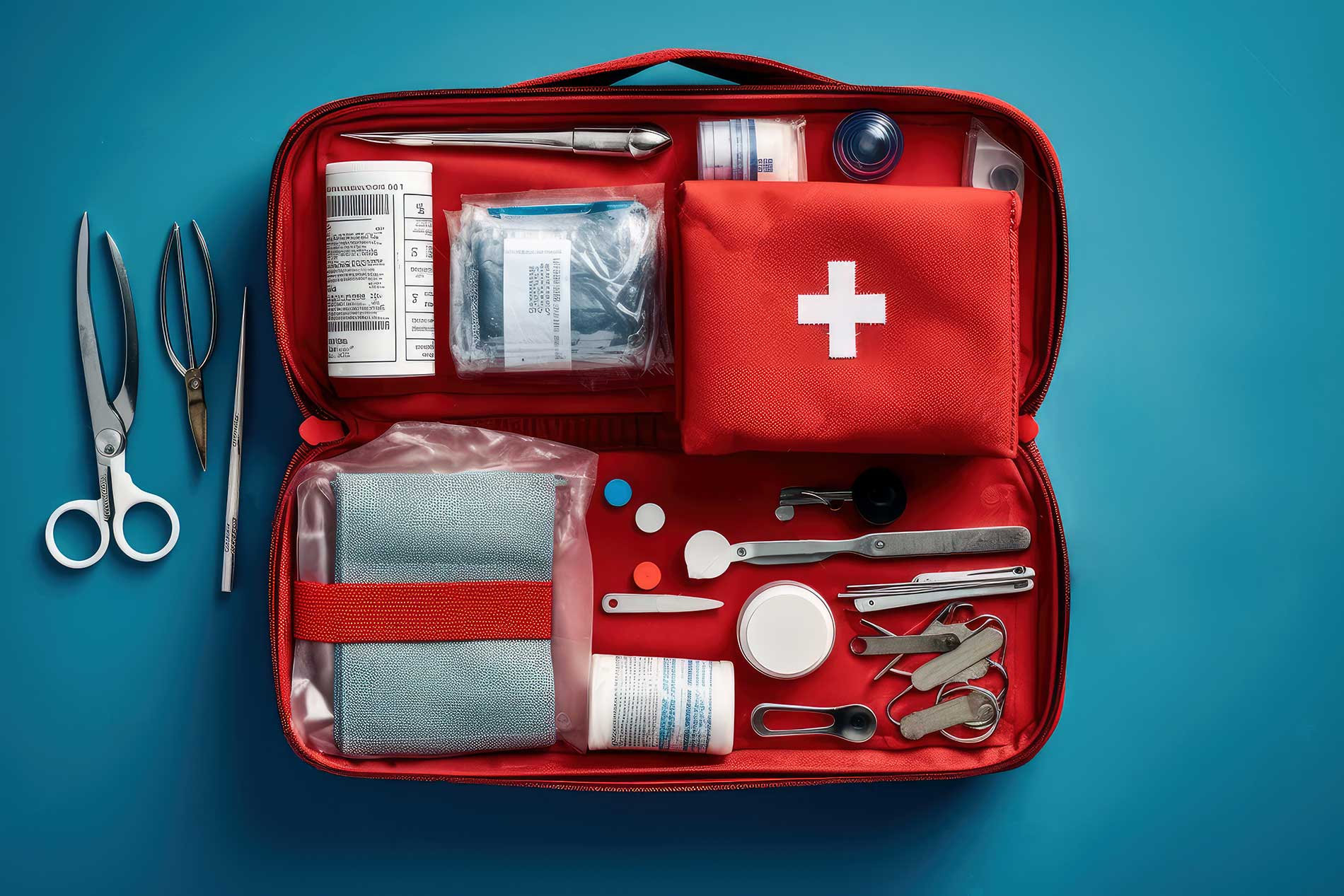
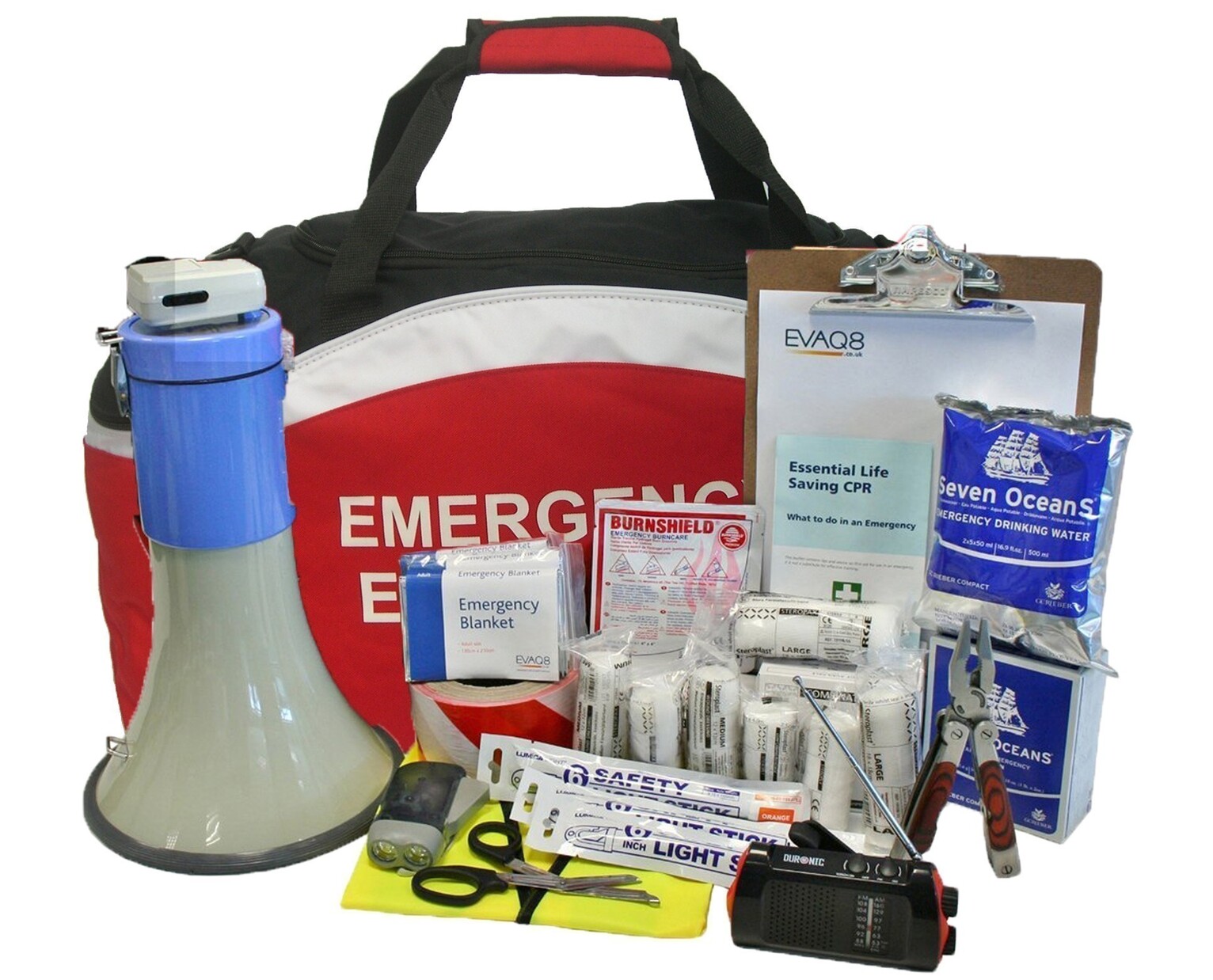
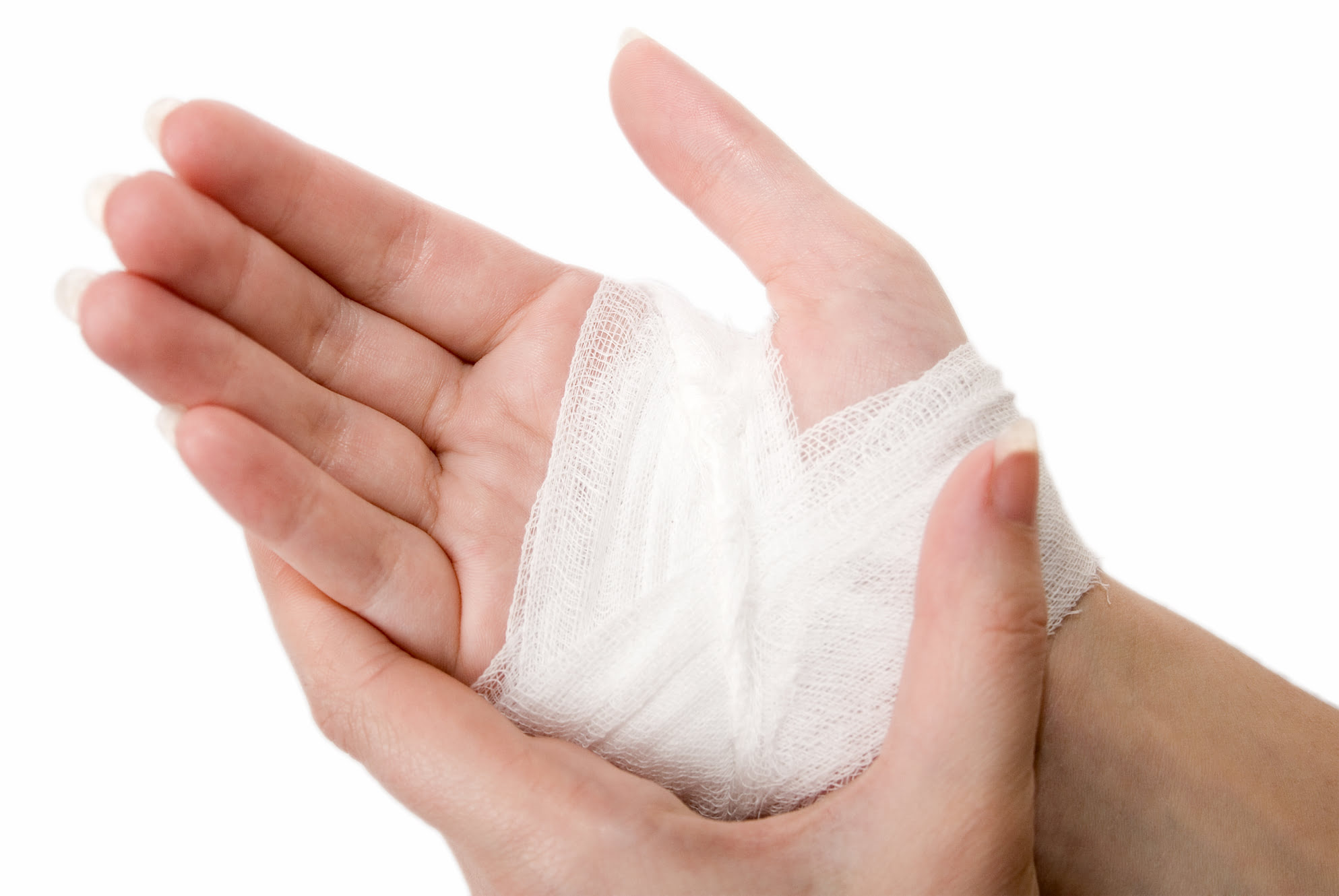
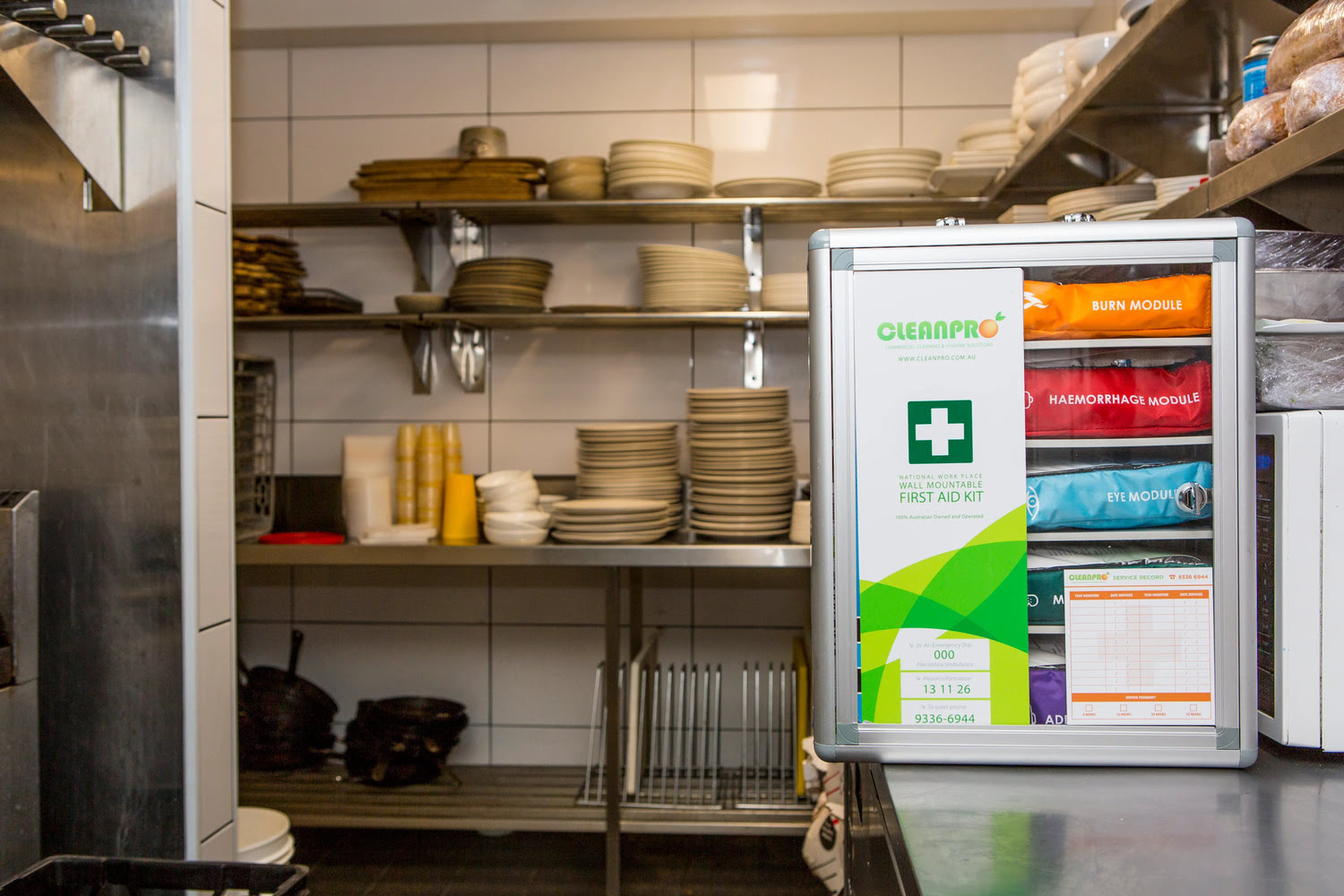

0 thoughts on “How To Make Your Own First Aid Kit”